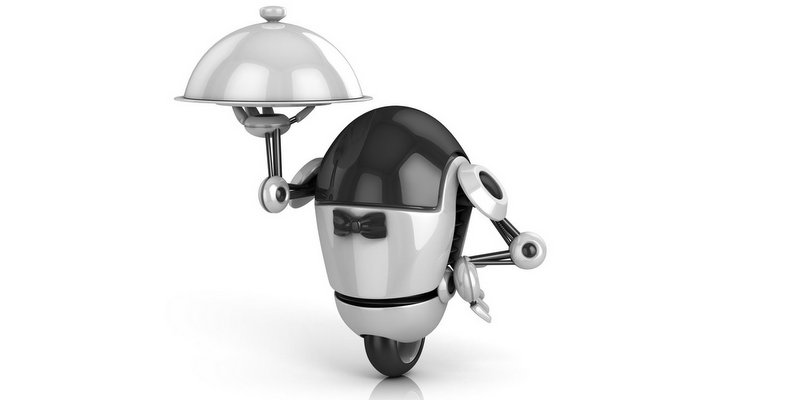
As a guest-centric industry, hospitality has consistently sought out the latest in technological advancements to provide the best experience for its clientele.
Quickly … The 1980s marked the beginning of the digital revolution, which has continued to experience a steady influx of innovative technology. In the 1990s, the internet hit the main stage, a major milestone in the hotel and travel industries, allowing customers to make reservations and book travel packages online. The 21st century has witnessed the emergence of smartphones and cloud computing, and in the 2020s, the spotlight is on Artificial Intelligence (AI).
“Most industries do well with keeping up with technology trends and advancements, but the food and beverage industry has been left in the dust,” says Eric Seymour, VP of Channel Programs at me&u USA, a global leader in at-table ordering specializing in restaurants and bars. “Venue owners should be looking to upgrade their systems to be able to scale sustainably and generate more consistent revenue.”
Enter QR codes | Customers, though, are all-in on tech — 70% to 80% of restaurant and bar patrons giving high praise to the benefits of guest-facing technology and applications, such as mobile apps and electronic ordering.
In 2023, there are 6.92 billion smartphone users worldwide, which equates to 85.95% of the global population. QR code scan-order-pay capitalizes on smartphone technology to elevate the dining experience for guests, lighten the load for overworked staff, and increase revenue for restaurant and bar owners. Patrons simply scan a QR code at their table using their smartphone, order from an interactive virtual menu, which offers suggestions, such as food and drink pairings, and then pay their bill with one click.
According to a Cornell report, ‘The Future of Full-service Dining,’ at-table ordering offers the potential to enhance table turnover time, accommodating more guests each day. With a 15% reduction in turnover time, a restaurant earning $2.5 million could see an extra $375,000 in sales from unmet customer demand.
Beyond sales gains, patrons value control over payments and service elements through customer-facing tech. The labor savings could allow servers to wait on more tables and provide more one-on-one time with guests. Diners can place orders for additional beverage refills, appetizers, and desserts without waiting for a server, increasing the total check amount. A $3 improvement in average guest check, with a restaurant average of $15, translates into a 20% increase.
A report by YouGov and a me&u interview panel of industry experts throughout the US, Australia, and the UK predicts what bars and restaurants of the future will look like and the trends that will redefine the drinking and dining experiences; the report found that 49% of consumers prefer venues with smart technology options, such as personalized menus that offer food and drink recommendations catered to their tastes.
Seymour provides a few insights into some of the main ingredients for the bars and restaurants of the future:
- Smart technologies are not only efficient; QR codes provide meaningful data on guest foot traffic as well as their behaviors and preferences to better predict service requirements, facilitating data-driven decision-making for businesses.
- The future of dining could include meta-events, taking diners on a virtual trip to the vineyard where the wine they’re drinking came from.
- Venue operators will need to think beyond the main course by offering fun activities, such as mini-golf and arcade games.
- AI will usher in a new era of hospitality with hyper-personalized venues tailored to every visitor’s unique background.
“Heart remains the cornerstone of hospitality,” Seymour emphasizes. “While technology is an asset to any venue, dining out is still about social interactions and making connections with people. In an industry that’s experienced significant changes in the last three years, the one constant that we know will exist in the future will be the people. While we can’t predict what will happen in the next decade or what technologies will emerge, we see a future of full hearts, venues, and appetites — and our industry and its people are shaping it.”
More on me&u | Designed for casual and premium dining, me&u flex offers a two-way ordering system where both customers and servers can order and add items to the table. Ordering is synchronized, ensuring everyone eats together. Guests can pay through me&u flex or the server with options to split the check without having to do the math. Servers can increase their tips with me&u’s automatic tipping feature, where restaurants control the default tip percentage. The me&u flex system boosts table turnover rates, increases revenue, and enables restaurants to maximize efficiency. Its tailored features increase upselling by up to 30%, while integrated marketing tools enhance customer loyalty. The friction-free process allows servers to focus on building relationships with guests and creating memorable moments.

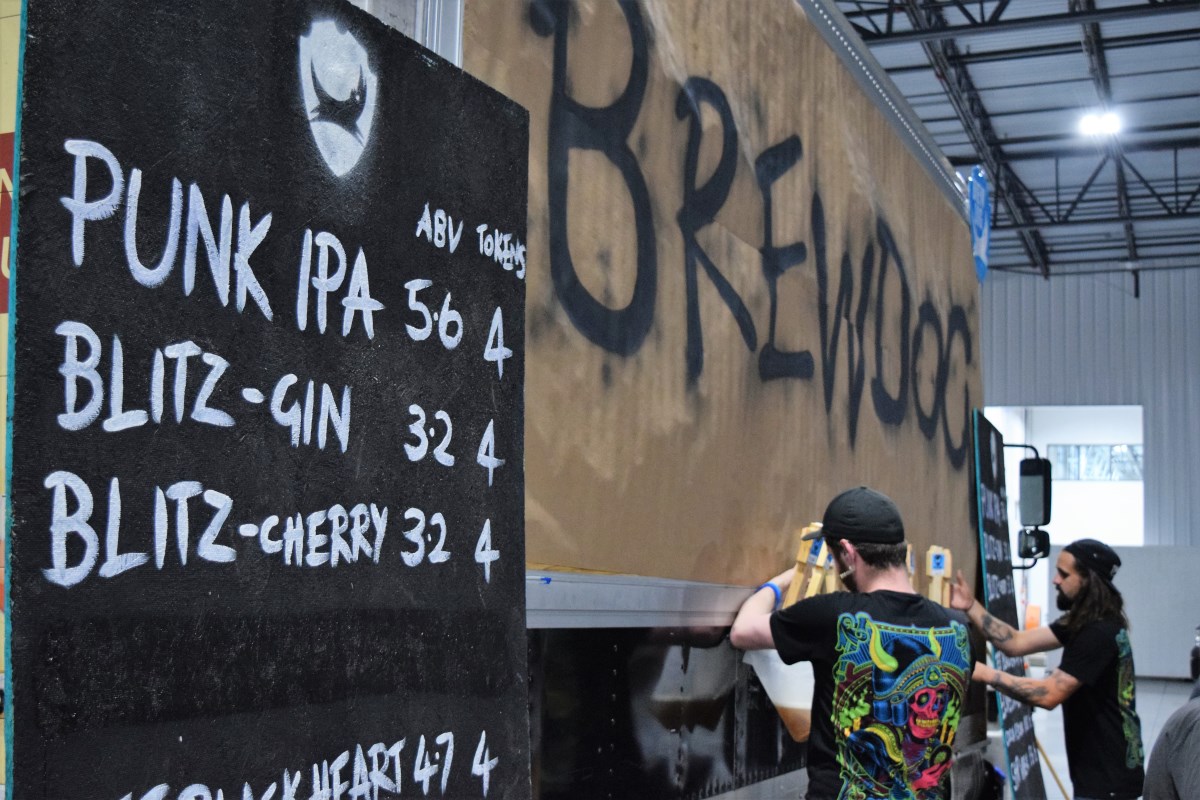
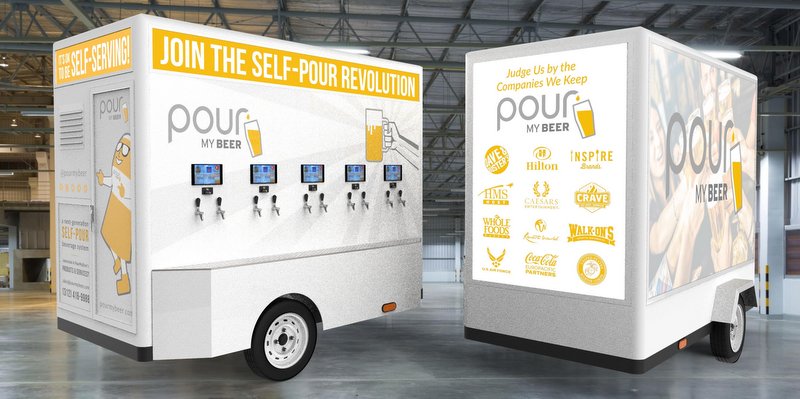
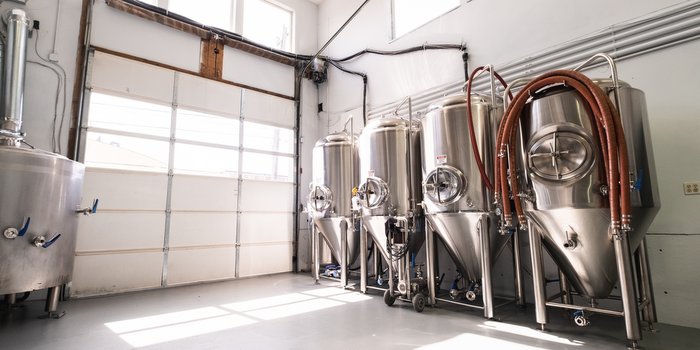
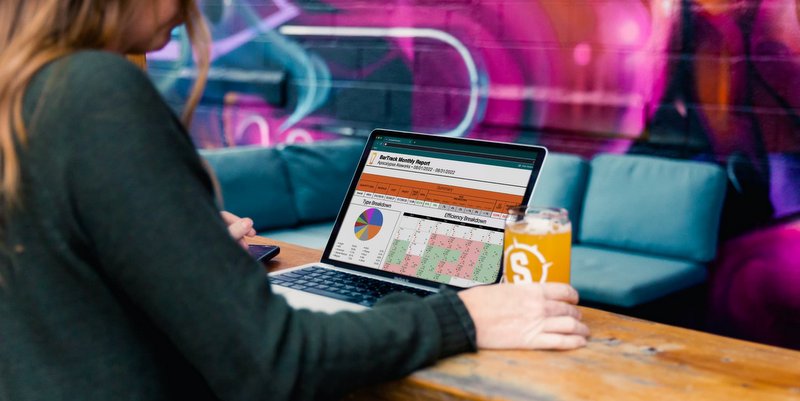
Leave a Reply
You must be logged in to post a comment.